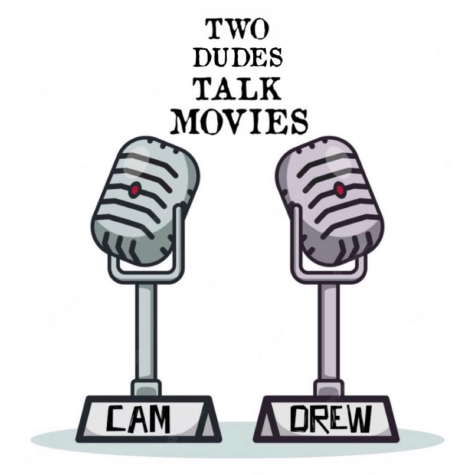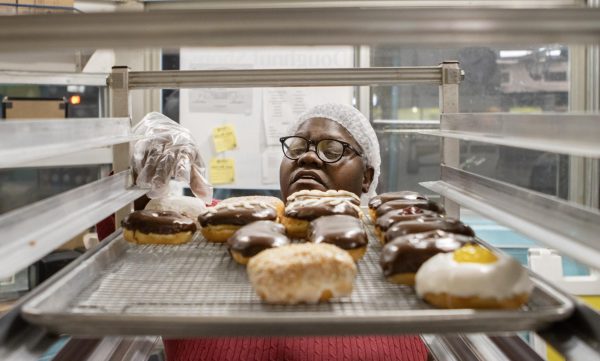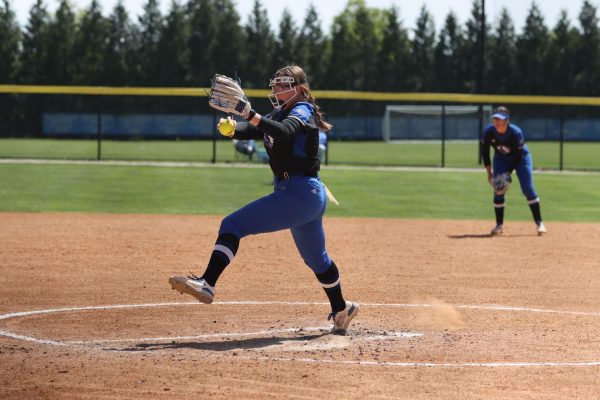Lighting the way
The editorial is the opinion of the editorial board of The Daily Eastern News.
At any time, day or night, students can be seen running back and forth across Fourth Street, one of the busiest streets on Eastern’s campus.
To help these students, the Student Senate and Charleston City Council recently worked together to get a flashing yellow pedestrian light installed on the corner of Fourth Street and Garfield Avenue near Coleman Hall.
The light is scheduled to be installed sometime during the spring semester and Mayor Dan Cougill said he hopes the light will encourage drivers to slow down or even stop for students trying to cross the street. The light was installed to provide a safer route for students crossing Fourth Street.
The idea to install a light was a good one. The stretch between Roosevelt and Grant has no stop signs and drivers have no reason to slow down as they travel through this area. Hundreds of students dart between cars every day as they cross Fourth Street eastbound on their way to Coleman Hall, or westbound on their way to Lantz Gym and Stevenson Hall.
The biggest problem with the light is its location. The light will be located near Coleman Hall when the bulk of the pedestrian traffic is one block north, between the Lantz/Stevenson parking lot and the Gregg Triad.
Relatively few people cross at the painted crosswalk where the light is scheduled to warn drivers. But students in the residence halls in the Triad must all cross the street to get to their cars, and much of the campus crosses Fourth Street at the same place on their way to work out at the Student Recreation Center.
In addition, the Booth construction has turned the one-way street in the Triad into a dead end, which means cars now pull in and out of a sidestreet not accustomed to handling that sort of traffic. This presents another direction of traffic flow in that same block-sized area.
Also, the signal is a blinking yellow light, which only means caution to drivers. It does not necessitate that they slow down, it simply warns them to look out for pedestrians. Students have questioned how effective the light actually will be.
If a driver does not slow down for the flashing light, there is no repercussion. The light may give students a false sense of security if they think all drivers will stop for the light and, in reality, not all drivers will yield to the pedestrian traffic.
Although the idea to slow down traffic on Fourth Street is a positive step, it remains to be seen how effective it will be both in function and location.










































